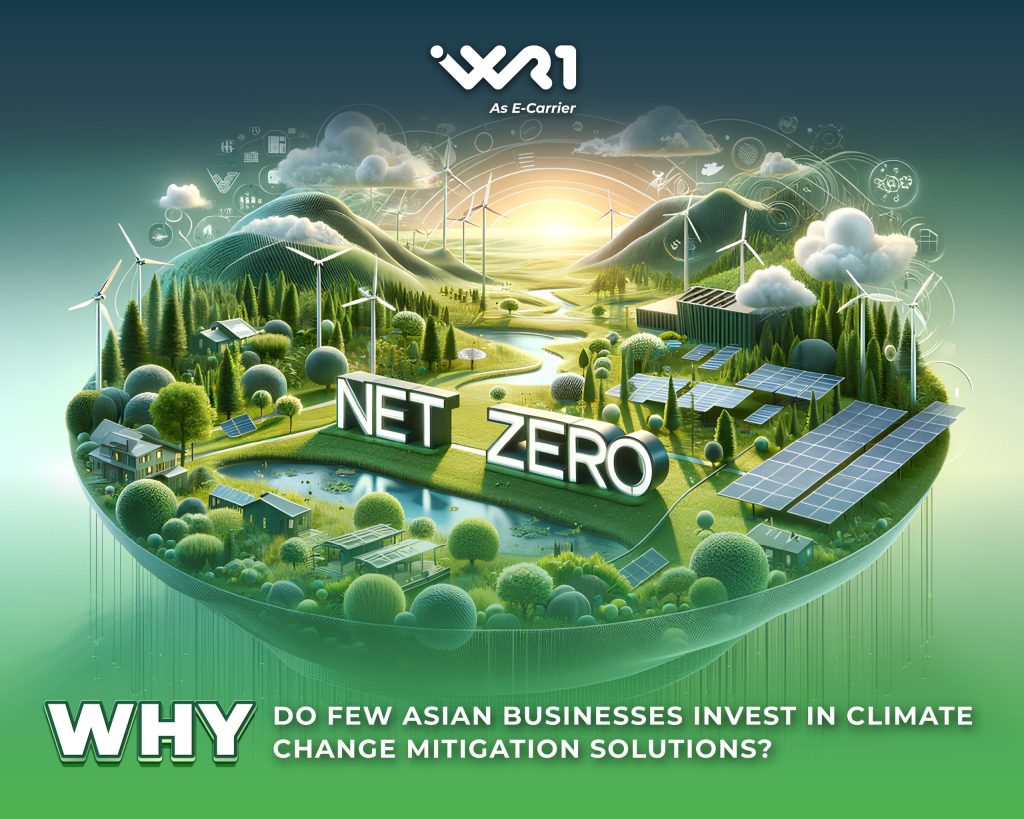According to the latest report from AIGCC, only 12% of investors have plans to ramp up investment in climate change solutions. The main reason is the lack of reporting data on net-zero emissions targets, clear definitions and legal frameworks for goals, and tools to measure green impacts. Let’s explore with WR1 through the article below.

According to AIGCC (Asia Investor Group on Climate Change), Asia needs 71 trillion USD in investments to achieve the Net-zero goal by 2025.
A survey report by AIGCC found that about 70% of 200+ investors across Asia see climate change as both a risk and an opportunity. 40% of investors target to achieve net-zero emissions for all or part of their investment portfolios. Only 12% of investors have plans to increase funding for climate change solutions. This shows a significant gap between awareness and action, few investors have formalized climate solutions strategies, targets and metrics.
The biggest barrier preventing investors from allocating capital to climate change efforts is the lack of accurate, reliable climate data and timely updates from governments.
The absence of clear definitions and legal frameworks for Net-Zero goals, as well as the lack of tools to measure and report on Net-Zero targets, are also hindrances to investors’ efforts to ramp up activities.
Among various climate solutions, Asian investors are particularly interested in increasing exposure to renewable energy (63%), energy storage (40%), low-carbon transportation (40%), and low-emission fuels like hydro (40%).
The International Energy Agency (IEA) estimates that Southeast Asia alone needs to invest about 180 billion USD annually in clean energy until 2030 to maintain a trajectory aligned with climate goals in the region. However, from 2016 to 2020, investments in clean energy in Southeast Asia only averaged 30 billion USD per year.
The report also adds that just over 28% of investors have policies on transition finance as well as phasing out fossil fuels. These are investments aimed at carbon reduction in high-emission industries like steel, aviation, and maritime transport.
The climate risks and opportunities are also financial risks and opportunities,” added Rebecca Mikula-Wright, CEO of AIGCC “Asset owners, as capital allocators, have the power to accelerate the energy transition. It’s time for them to act to transition not only their investment portfolios but the entire economy, towards the Net-Zero goal.
According to the latest report from AIGCC, only 12% of investors have plans to ramp up investment in climate change solutions. The main reason is the lack of reporting data on net-zero emissions targets, clear definitions and legal frameworks for goals, and tools to measure green impacts.



 Tiếng Việt
Tiếng Việt

